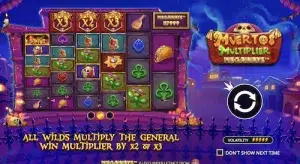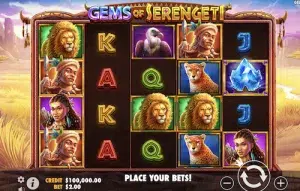In 2025, a study conducted by Spillforsk at the University of Bergen has unveiled a concerning link between computer gaming and gambling issues among Norwegian adolescents aged 12 to 17. The study led by Professor Ståle Pallesen surveyed 9,000 young individuals and discovered that video game-related purchases like loot boxes and skin betting are significantly correlated with gambling problems in youth.
This comprehensive survey found that 27.7% of respondents had purchased loot boxes over the past year, while 29.4% had bought in-game skins. Furthermore, 15.5% reported participating in skin betting. The data also revealed that 18.8% of the young participants admitted to gambling within the past year, with a stark gender disparity: 27.7% of boys compared to only 9.3% of girls engaged in gambling activities. Similarly, loot box purchases were reported by 45% of boys versus 9% of girls, illustrating a pronounced gender divide.
The study identified several risk factors that appear to contribute to both gaming and gambling problems among adolescents. These include experiences of bullying, poor health, low life satisfaction, along with the consumption of alcohol, tobacco, and energy drinks. Limited parental support was also noted as a significant factor. Among the participants, 7.1% met the criteria for gambling problems, while 15% showed issues related to computer gaming.
This research is one of many examining the potential risks associated with in-game purchases and their resemblance to gambling, especially among young people. A study earlier this year by the University of Sydney reported that spending features in games like Roblox can confuse children, and parents often perceive these in-game purchases as akin to gambling.
Professor Pallesen noted that exposure to simulated gambling in video games can impart both the skills and behaviors associated with gambling, often presenting an unrealistic view where winning seems effortless. This distorted perception is particularly concerning as these youths transition to adulthood, encountering more mature forms of gambling with potentially serious consequences.
Atle Hamar, director of the Lottery and Foundations Authority, expressed worries about the gateway nature of activities like loot boxes and skin betting. He warned that such activities could lead to an increase in gambling problems among young people, emphasizing the addictive potential of these games. He pointed out that despite existing regulations, including an 18-year age limit for gambling, the allure and accessibility of such activities continue to pose a significant risk to adolescents.
However, there is a discussion within the industry regarding whether the responsibility lies solely with game developers or if broader societal factors need addressing. Some argue that rather than banning these features outright, a combination of better parental controls, clearer labeling, and education could mitigate the risks. This viewpoint suggests that empowering parents and educating young gamers about the potential risks might be more effective than outright prohibitions.
Critics of in-game purchase restrictions argue that these elements are integral to the economic model of many free-to-play games, enabling developers to offer games at no upfront cost. They point out that not all in-game purchases lead to gambling behavior and that many players engage with these features responsibly. This perspective highlights the importance of distinguishing between casual purchases and more problematic behavior patterns.
Nevertheless, experts in the field maintain that the potential harms cannot be ignored, especially given the vulnerability of young people to addictive behaviors. They emphasize the need for ongoing research to better understand the dynamics at play and the implementation of regulations that protect youth without stifling innovation in the gaming industry.
As the debate continues, it is clear that a multifaceted approach will be necessary to address the challenges posed by the intersection of gaming and gambling. Policymakers, educators, parents, and the gaming industry must collaborate to ensure that young people can enjoy gaming safely without falling into harmful gambling patterns.

David Garato is a luminary in gaming journalism, renowned for peeling back the curtain on the gaming world with his witty and insightful commentary. A decade into weaving stories from the pixelated edges of indie games to the expansive universes of AAA titles, David’s work is a thrilling blend of analysis and adventure. When not writing, he’s live-streaming, sharing his gaming exploits with an engaged and growing audience. David doesn’t just write about games; he lives them, making him a trusted guide in the gaming community.
















